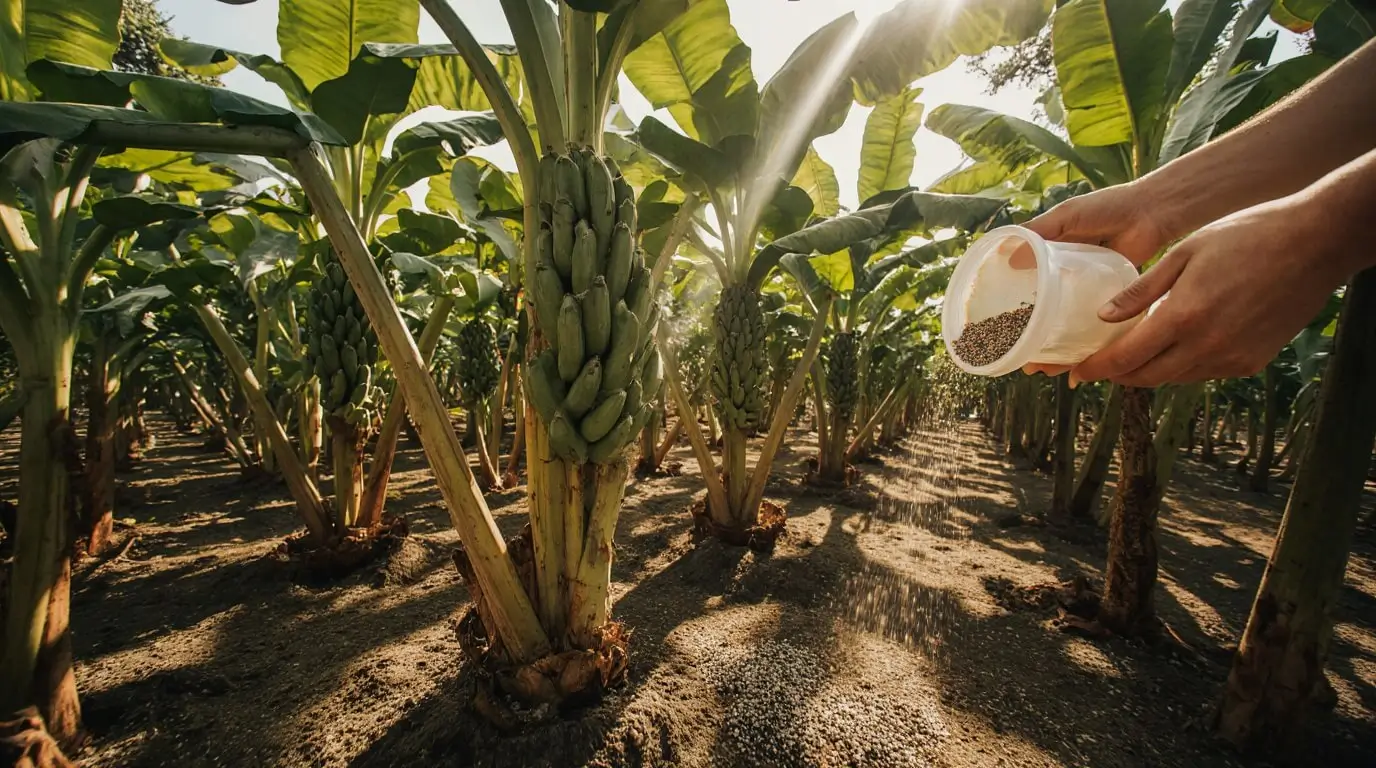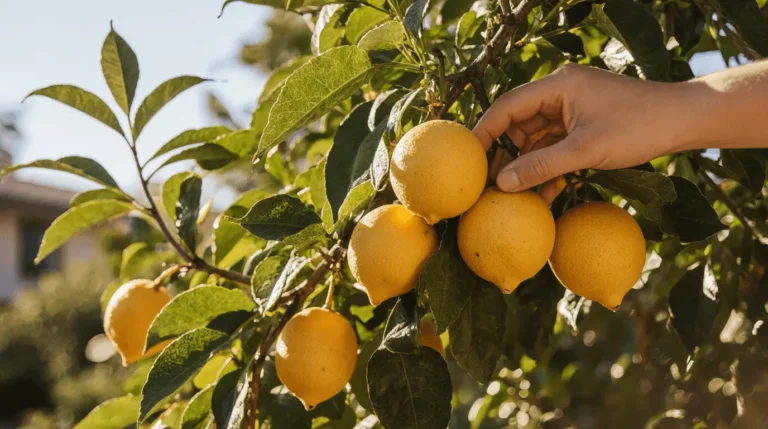Introduction
Growing a banana plant at home brings a touch of the tropics to your space, making it both attractive and refreshing. Whether you place it indoor or outdoor, this tropical plant instantly adds life and greenery to any corner. From my own gardening experience, I’ve found that a banana tree is one of the most low-maintenance plants you can have. It’s easy to maintain, and with the right care and banana plant fertilizer, it can produce fresh fruit that can be consumed directly or used in recipes. Its popularity keeps rising among people who are looking for fantastic ways to bring nature closer to their homes.
When grown in a container or in the ground, a banana plant can still yield and provide a great amount of beauty and reward. Even in the absence of much sunlight, it can still thrive and grow into an excellent addition to your home garden. Many factors contribute to why it’s a preferred choice for people — from being a low-maintenance option to its ability to adapt and receive minimal care yet flourish nonetheless. Whether cultivated for fruit or simply as a decorative option, the banana tree truly stands as one of nature’s most popular and versatile plants, adding a tropical charm and endless satisfaction to any grower.
What are Banana Plants?
The banana plant, part of the Musaceae family, is an herbaceous perennial that can grow impressively tall, often reaching a height of about 20 feet. With its broad leaves measuring nearly 3 feet in width, the banana tree forms flower clusters that later develop into bunches of fruit. In my own gardening experience, I’ve seen how people often choose to keep indoor varieties because they thrive in warm environments with good moisture. Naturally grown in humid tropical regions, these plants need at least 30 inches of annual rainfall to produce healthy fruit. The variety of types includes both decorative and fruit-bearing ones, often referred to as common bananas, admired for their ability to adapt and thrive in many conditions.
How To Care For A Banana Tree?
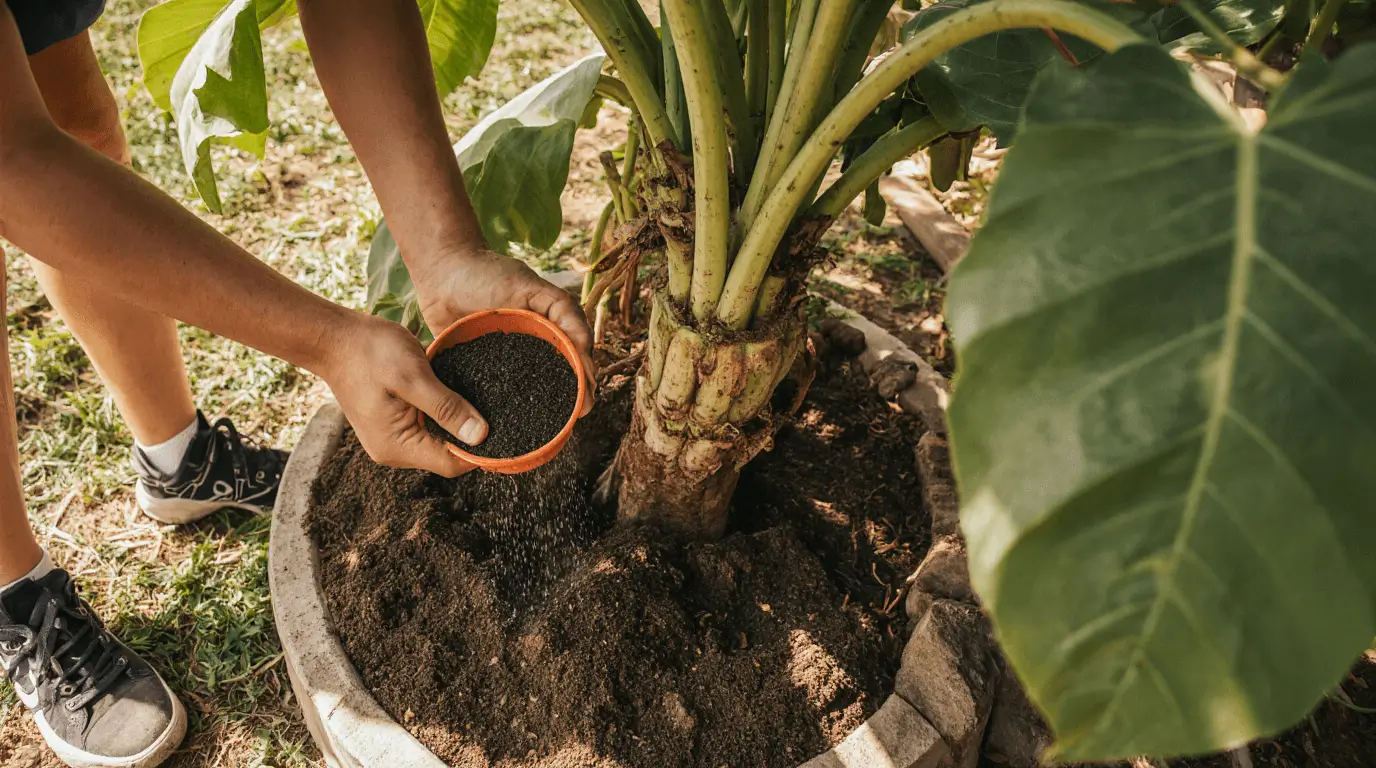
In my backyard gardening, I’ve found that the banana tree is a common choice because it’s simple to grow and maintain. With the right care and a few practical suggestions, taking small steps can make your banana tree thrive beautifully.
Ensure The Right Climate
A banana plant thrives best in a tropical climate where warmth and sun are constant. In my experience, a banana tree will grow and produce fruit only when it’s kept in a frost-free zone. If you live in a colder area, you can still enjoy growing bananas outdoors, but you’ll need to protect them during winter using a blanket or tarp. Some gardeners prefer to keep their plants in a pot to easily bring them indoors when temperatures drop. With a little extra care and attention, your banana will remain suited to the best conditions no matter where you live — the key is to give it lots of sunlight and steady warmth if you want it to thrive.
Water Regularly
A banana tree needs consistent moisture to thrive, so always check the soil and water it when it feels dry to the touch. In my experience, giving too little or too much water can be damaging, making the soil soggy and unhealthy for roots. Since bananas are sensitive to fluoride, it’s important to use filtered or distilled water instead of tap water that may contain high levels of chemicals. This small step will help ensure your plant gets what it needs without being exposed to harmful elements, keeping its growth regular and balanced.
Fertilize Properly
A banana tree needs regular fertilization to produce its best yield throughout the growing season. In my gardening routine, I fertilize with a balanced fertilizer rich in nitrogen, phosphorus, and potassium, especially during spring and fall when the climate supports healthy growth.
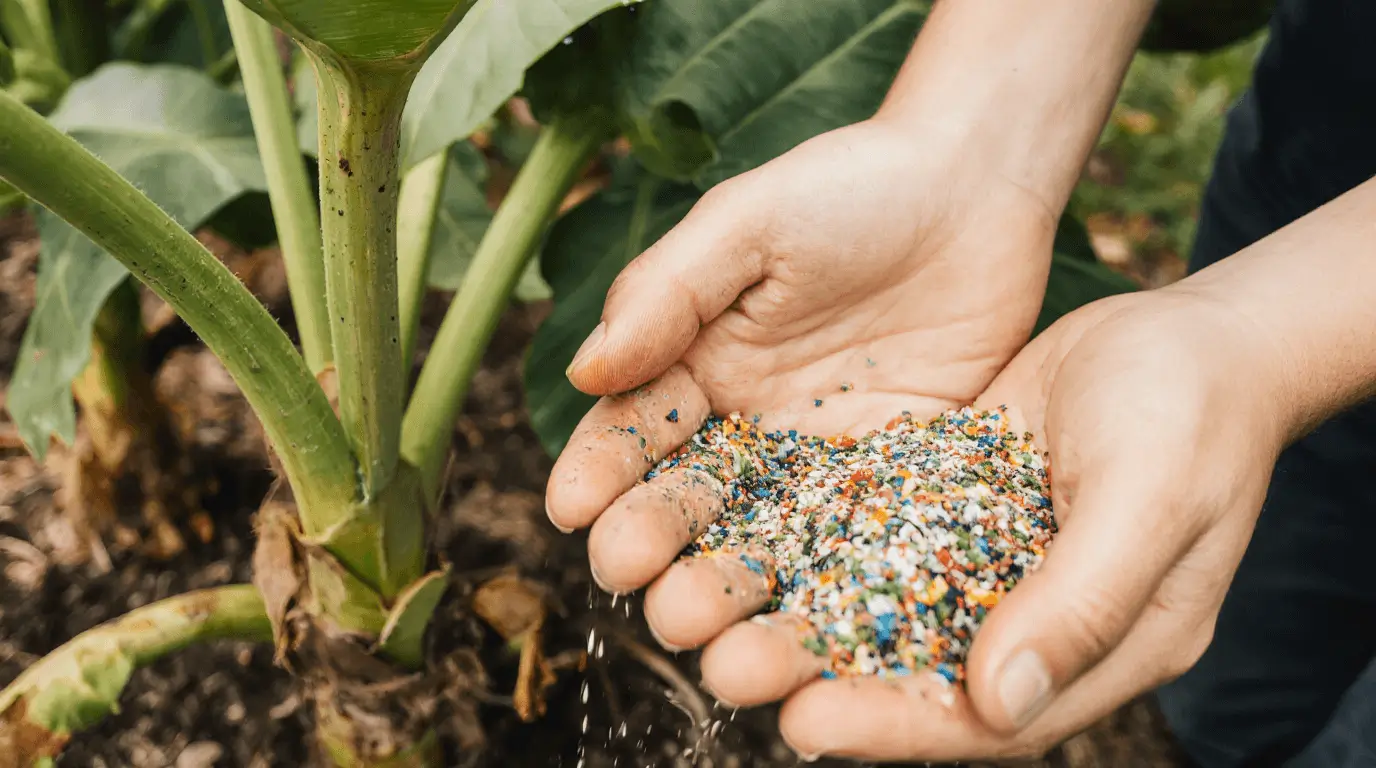
Mixing compost or manure into the soil once or twice a year gives an extra boost, but it’s important not to overdo it—too much can harm the plant. Depending on your area, weeks, or month, adjust your applications to fit your local conditions and maintenance schedule for healthy fruit production.
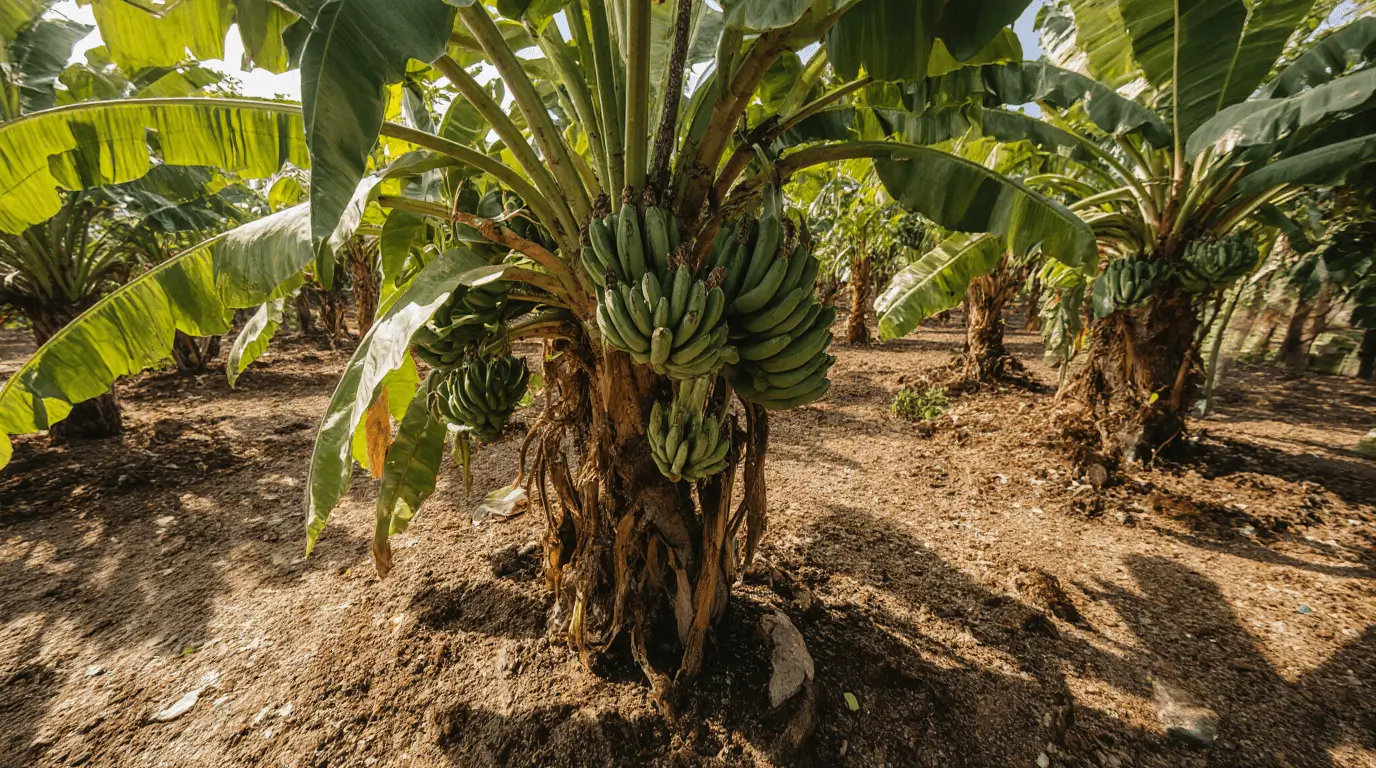
Conclusion
Growing a banana tree at home is one of the most rewarding gardening experiences you can enjoy. With the right climate, regular watering, and proper fertilization, this tropical beauty brings both charm and productivity to your home. Whether grown indoors for its lush greenery or outdoors for delicious fruit, the banana plant adapts easily to different conditions. By maintaining warmth, ensuring well-draining soil, and using the best fertilizer for banana trees, you can enjoy steady growth and healthy yields. Bring the tropics closer to your home—start nurturing your own banana plant today and enjoy the satisfaction of homegrown freshness year-round.
Read Also: Natural Healing & Wellness: Nature’s Remedies Guide
Read Also:
-
7 Secrets to Growing a Thriving Banana Tree in Florida
-
5+ Surprising Blue Java Banana Benefits You’ll Love
-
5 Surprising Secrets Hidden Inside Blue Java Bananas
-
7 Surprising Facts: Do Dwarf Banana Trees Produce Fruit?
FAQs
Q1: Can I grow a banana tree indoors?
Yes, you can grow a banana tree indoors as long as it receives plenty of sunlight and warmth. Place it near a bright window and maintain humidity for best results.
Q2: How often should I water my banana plant?
Water regularly to keep the soil evenly moist but not soggy. Check the top inch of soil—if it feels dry, it’s time to water.
Q3: What’s the best fertilizer for banana trees?
Use a balanced fertilizer rich in nitrogen, phosphorus, and potassium during the growing season to encourage healthy leaves and fruit production.
Q4: Can banana trees survive cold weather?
Banana trees are sensitive to frost. In cooler climates, cover them during winter or move potted plants indoors to protect them from freezing temperatures.
Q5: How long does it take for a banana tree to bear fruit?
Typically, a banana tree takes 9 to 12 months to produce fruit under ideal tropical or warm growing conditions with proper care and fertilization.

